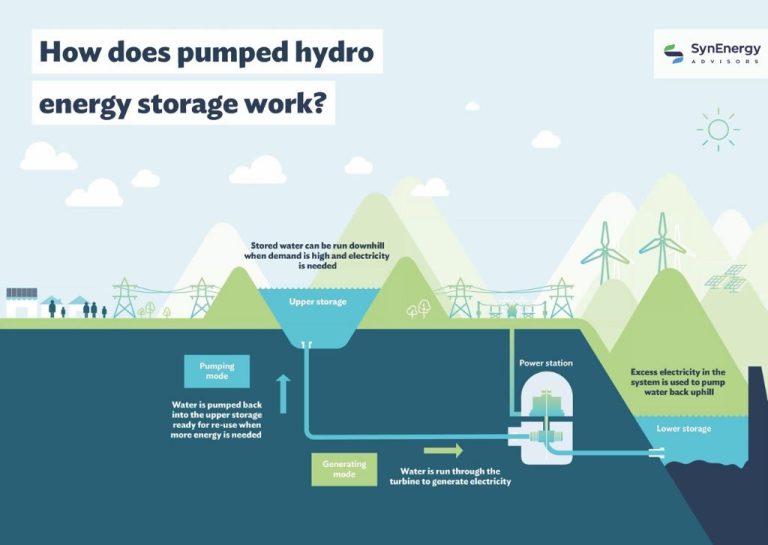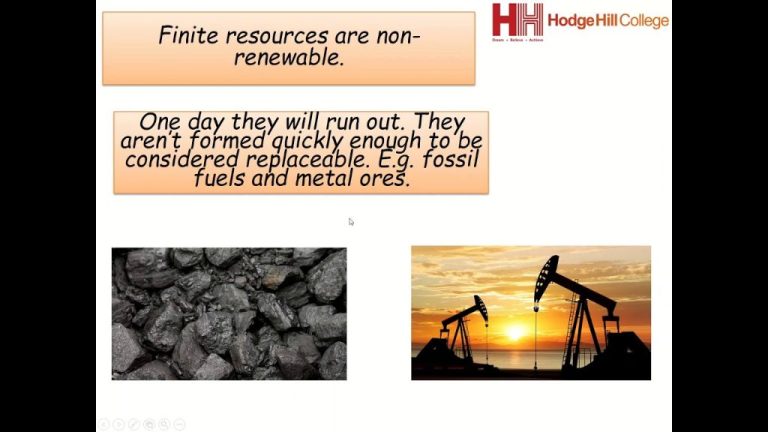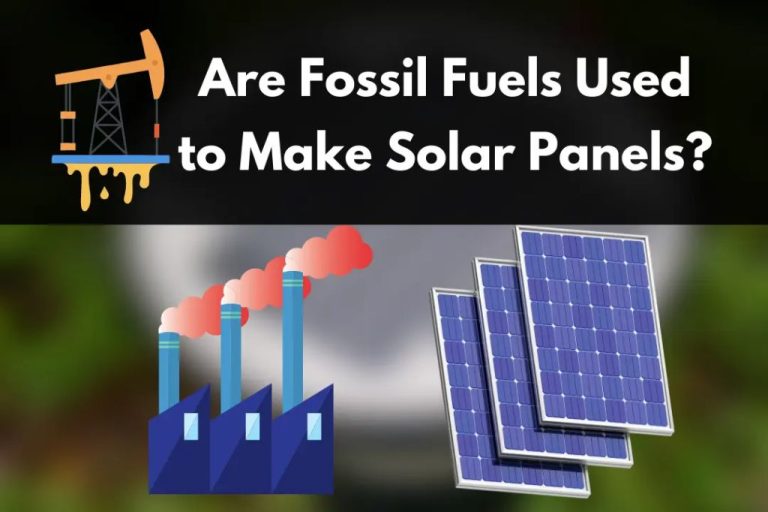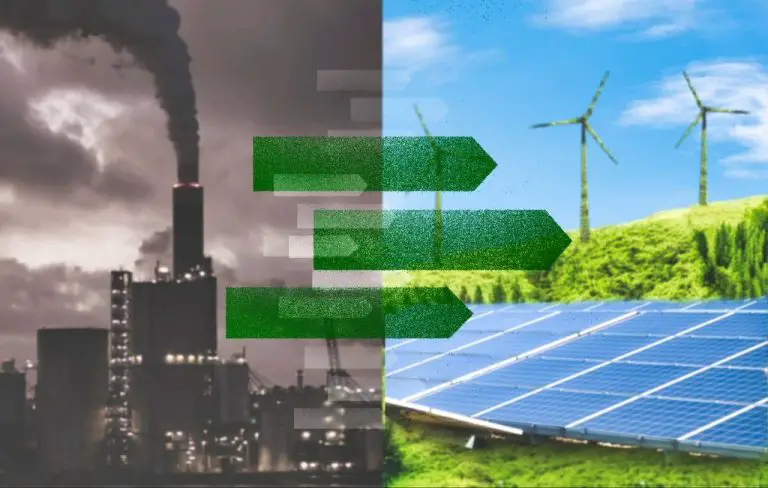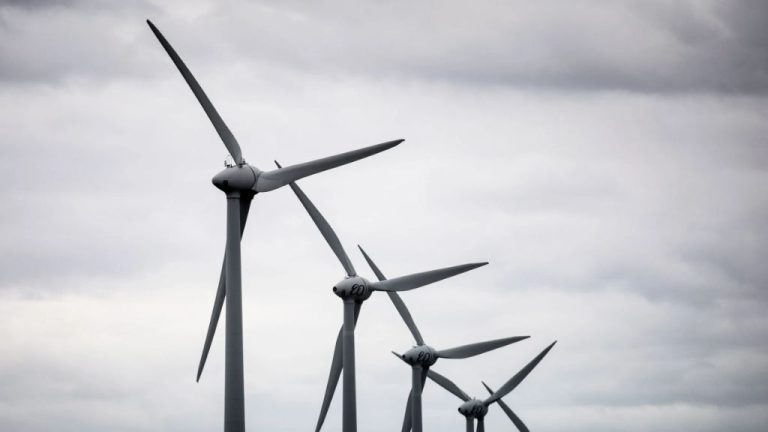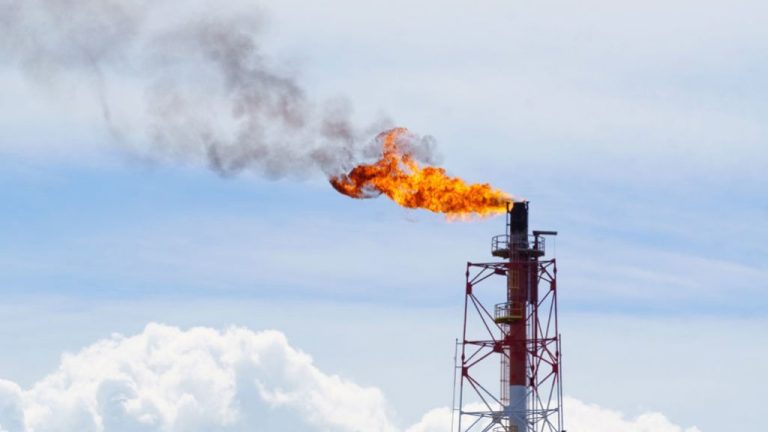Can Renewable Resources Be Scarce?
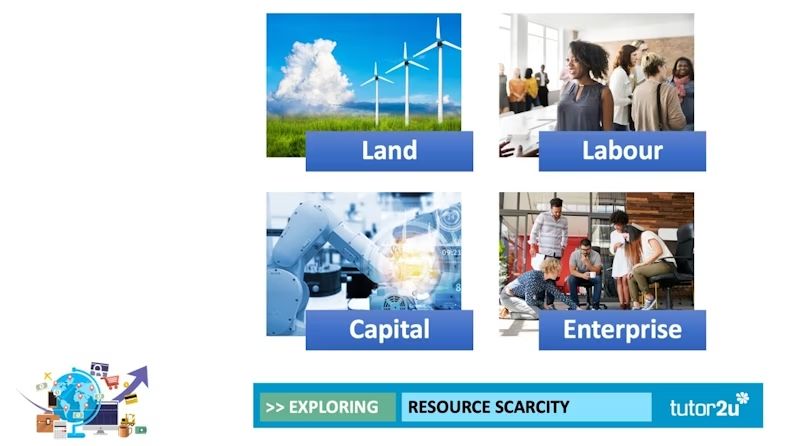
Renewable resources are natural resources that can be replenished naturally over time such as sunlight, wind, rain, tides and geothermal heat. Scarcity refers to when the demand for a resource is greater than the supply. There are limits to the supply of renewable resources. Though they replenish naturally, renewable resources can be overused or used unsustainably, leading to scarcity.
Examples of Renewable Resources
There are several major types of renewable resources that are commonly used or have significant potential for energy generation and other applications. Some of the most prominent examples include:
- Solar power: Energy from the sun can be harnessed in many ways, including photovoltaic cells that convert sunlight directly into electricity, concentrated solar power plants that use focused sunlight to heat liquids and drive turbines, and passive solar heating and lighting of buildings.
- Wind power: The kinetic energy of wind is used to spin large wind turbines that generate electricity. Wind power capacity has expanded rapidly in recent years.
- Geothermal energy: The natural heat within the earth can be tapped to heat buildings directly via heat pumps, or to generate electricity in power plants by using high temperature steam or hot water from deep underground reservoirs.
- Biomass: Organic materials like plants, wood, agricultural waste, and algae can be used to produce electricity, fuels like ethanol, and heat. Biomass can be combusted directly or converted in processes like gasification and pyrolysis.
- Hydroelectric power: Flowing water generates kinetic energy that is captured by damming rivers and using the water pressure to spin turbines connected to generators.
- Tidal power: The immense energy from the tides can be harnessed using tidal stream generators or tidal barrages.
- Wave power: The up-and-down motion of ocean waves contains kinetic energy that can be captured by floating or submerged wave energy converters.
These renewable resources offer cleaner alternatives to fossil fuels and have significant room for growth, though there are limits and challenges involved.
Renewable Resources are Not Infinite
While renewable resources such as forests, fresh water, and wind are naturally replenished, they are not infinite. Renewable resources can become depleted if the rate of consumption exceeds the rate at which they are renewed by natural processes.
For example, if trees in a forest are cut down at a faster rate than new ones can grow, deforestation occurs. Similarly, groundwater aquifers that are pumped faster than rainfall can replenish them will be slowly depleted over time. And areas with high wind energy potential could exceed the natural rate of wind replenishment if too many turbines are installed.
Environmental factors also impact renewal rates. Climate change-induced droughts slow down forest regrowth and aquifer recharge. Overfishing can prevent fish populations from recovering. So while renewable resources do renew naturally, overuse and environmental changes can lead to scarcity if the consumption rate is not balanced with the ecosystems’ renewal capacities.
To ensure long-term availability, renewable resource extraction should occur no faster than these resources can be replenished by natural systems. Sustainable management practices are needed to prevent depletion.
Overuse Can Lead to Scarcity
While renewable resources can replenish naturally, overuse can deplete their availability. Excessive drawdown of aquifers for agricultural irrigation or municipal use can drain underground water supplies faster than rainfall can recharge them (Terrapass.com, 2022). Intensive logging that exceeds the rate of regrowth can deforest timberlands. Overfishing leads to depleted fish stocks that may take years or decades to recover. According to the Encyclopedia of the UN, the overuse of water, soil or forests can result in multiple unforeseen environmental crises at the same time. When a hillside is deforested, it can lead to soil erosion, flooding, and loss of habitat.
Overconsumption strains the limits of renewable resources and hinders their ability to replenish. As global population increases, the demand for resources puts more pressure on renewables. Although solar, wind, and geothermal energy have less risk of depletion, over-reliance on hydropower or biomass could reduce their future availability if not managed carefully (UN.org, 2009).
Increased Demand Strains Supply
As the global population continues to grow, so does the demand for energy from renewable sources like wind, solar, hydroelectric, geothermal, and biomass. According to the International Energy Agency (IEA), electricity demand grew by over 6% in 2021, the fastest increase since 2010 [1]. While renewable energy production is expanding quickly, it has not been able to keep pace with rapidly increasing electricity needs. This strains the supply of renewables and makes it difficult to transition away from fossil fuels.
Higher standards of living around the world also drive up energy consumption. As more people gain access to modern amenities, they use more power. The IEA predicts global energy demand will rise by nearly 28% between 2020 and 2040 [2]. Meeting these needs with renewables will require massive investments in green energy infrastructure. Without sufficient supply, renewables may effectively become scarce resources.
Increased demand for renewable power means sourcing enough wind, sunlight, flowing water, heat, and plant material to generate energy. Renewable sources must be utilized rapidly and efficiently to satisfy growing electricity needs. Otherwise, reliance on polluting fossil fuels could persist longer than anticipated.
Climate Change Impacts Availability
Climate change can significantly impact the availability and productivity of renewable resources like hydropower, bioenergy, and solar and wind power. More extreme weather events driven by climate change, like prolonged droughts, severe flooding, and fierce storms, can disrupt renewable energy output and damage infrastructure (source).
For example, drought decreases river flow and therefore hydroelectric power potential. Floods can damage hydroelectric dams and solar arrays. High winds from extreme storms can damage wind turbines. Temperature extremes hurt crop yields that provide biomass for bioenergy. Climate impacts on cloud cover and weather patterns also influence solar and wind generator productivity.
According to one study, climate change is projected to have a 4-6% net positive impact on renewable generation globally by increasing wind and solar resources. However, impacts vary regionally based on the types of renewable sources utilized (source). Mitigation measures like infrastructure resiliency planning will be needed to minimize disruptions.
Renewables Are Geographically Constrained
One of the main challenges with renewable energy sources is that they are often limited by suitable geographic locations and conditions. For example, hydroelectric power requires flowing water – usually in the form of dams on rivers. So it can only be harnessed in certain mountainous regions. Similarly, wind power needs consistent windy conditions to operate efficiently, so prime locations are often offshore or in plains regions.[1]
Solar power relies on ample sunlight, so sunnier regions near the equator or in deserts are ideal. Geothermal depends on heat from under the Earth’s crust, so it is limited to areas with active tectonic plate boundaries.[2] Thus, many renewables are heavily dependent on local geography and climate to be viable options.
This contrasts with fossil fuels, which can be transported globally to meet demand. The limited suitable locations for renewables makes scaling them up more challenging. Massive investments in transmission infrastructure would be needed to transport renewable power from source to demand centers.
Transitioning Infrastructure Is Challenging
Upgrading energy infrastructure to fully transition to and utilize renewable resources takes significant time, investment, and planning. Existing power grids and transmission systems were built around fossil fuel power plants and may require upgrades to handle the intermittent nature of renewables like solar and wind. Building new transmission lines to connect renewables from remote areas to population centers is also challenging. According to Zenith Energy, Portland approved new construction of the company’s renewable fuel pipelines despite the difficulties and costs of transitioning energy infrastructure.
Beyond transmission, other infrastructure like energy storage, smart grids, and electric vehicle charging will need large investments to support greater renewable penetration. Policy incentives and innovations that reduce costs can assist the transition. However, upgrading major infrastructure is a long-term process that will likely take decades to fully complete. The challenges of transitioning should not be underestimated.
Policies and Incentives Needed
Regulations and subsidies are critical to properly manage renewable resources and prevent overuse and scarcity. According to the U.S. Department of Energy, carefully designed policies like community renewables programs, third-party ownership options, and streamlined interconnection processes can enable and accelerate the transition to renewable energy sources (https://www.energy.gov/scep/slsc/policies-and-programs). The Congressional Research Service also notes that natural resource management remains a significant public policy issue at the federal, state, and local levels as demands increase on limited supplies of renewables like wind, solar, hydropower, and biomass resources (https://crsreports.congress.gov/product/pdf/RL/RL33806).
Well-designed subsidies, tax credits, feed-in tariffs, renewable portfolio standards, and other incentive programs can promote investment in renewable power generation and prevent overexploitation. Regulations on permitting, siting, grid interconnections, and fair access to transmission infrastructure are also important to facilitate scaling up renewables. Policymakers must find the right balance through sound statutes, rules, and economic incentives.
Conclusion
In summary, while renewable resources have the ability to replenish themselves, they are still finite and can become scarce if not managed properly. The main points are:
- Renewable resources like wind, solar, and geothermal energy are not limitless and have geographical constraints.
- Overuse and increasing demand for renewables can strain supply, leading to scarcity.
- Climate change impacts the availability of many renewable resources.
- Transitioning energy infrastructure to fully utilize renewables remains challenging.
- Well-designed policies, incentives, and conservation efforts are needed to prevent the overexploitation of renewables.
In conclusion, renewables provide sustainable options compared to fossil fuels, but they are not a silver bullet. With proactive management and transition planning, renewable resources can be used wisely to avoid scarcity issues in the future.

